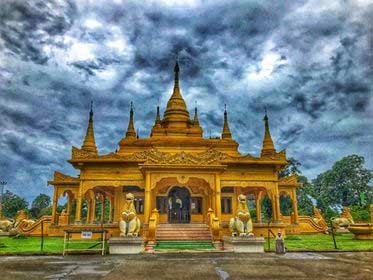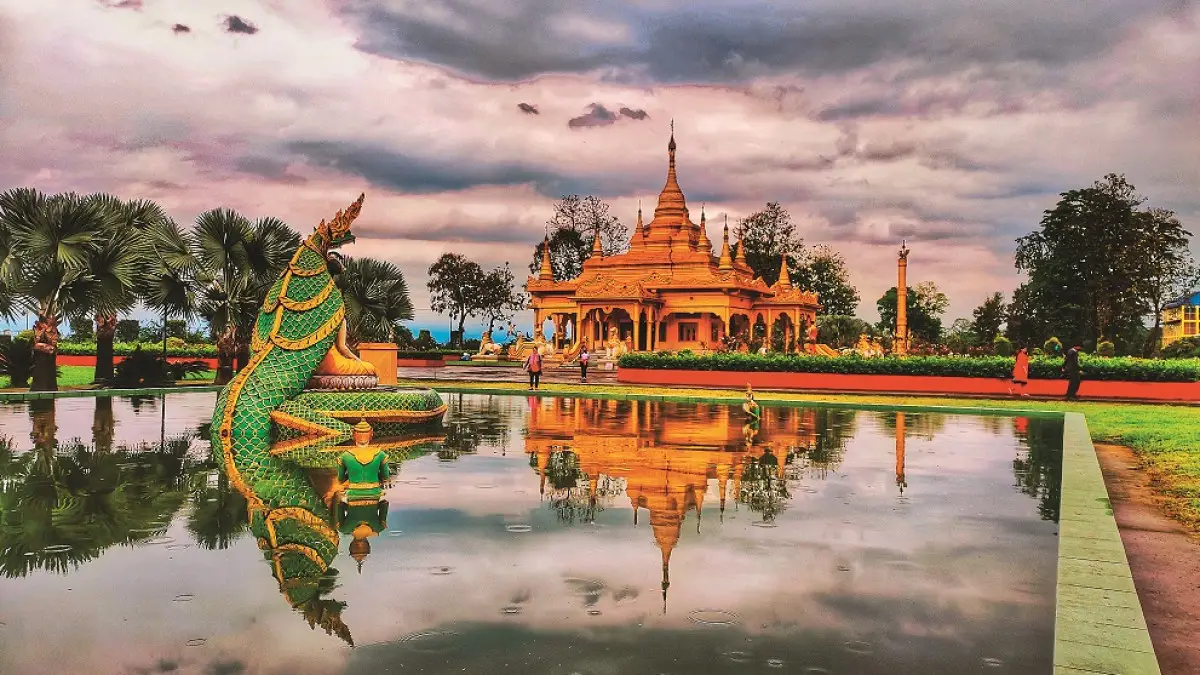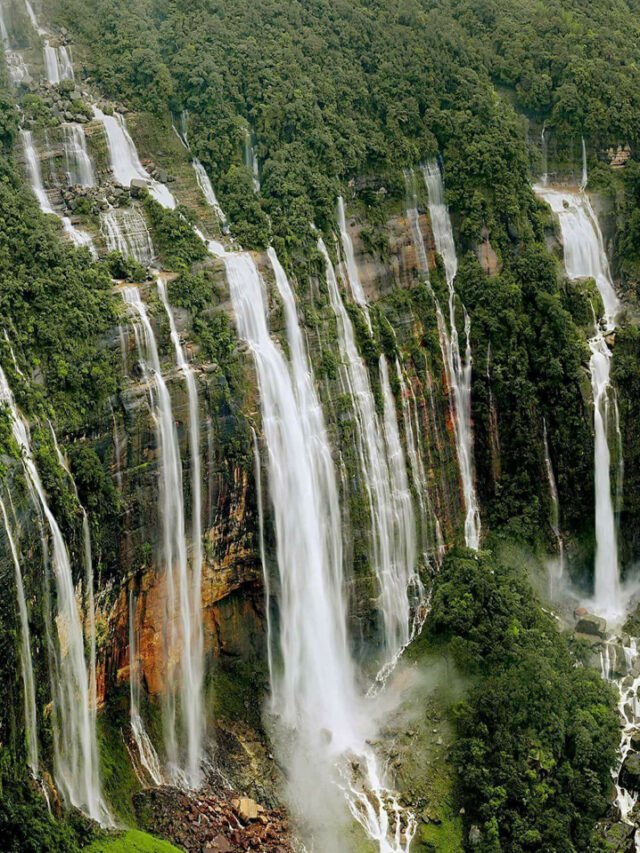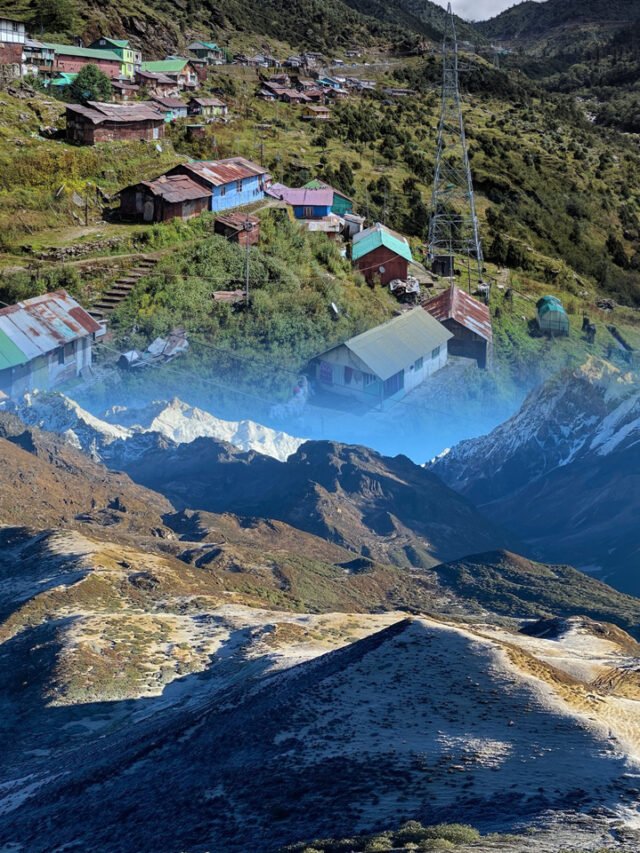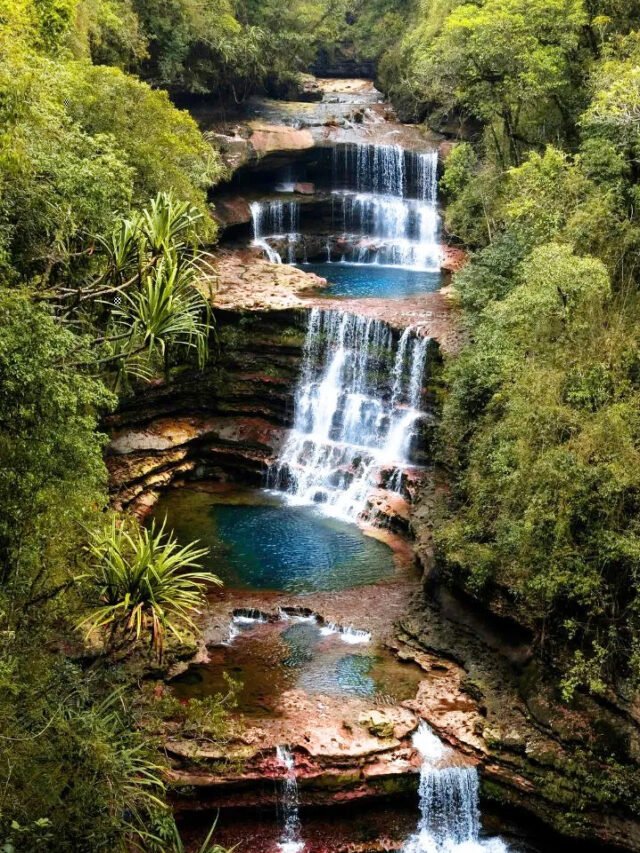HT Bureau
ITANAGAR, April 28: The Golden Pagoda, also known as Kongmu Kham, in Namsai, Arunachal Pradesh, is a breathtaking Buddhist monument that beautifully embodies the rich cultural heritage of the Tai-Khampti community. Constructed in 2010, the pagoda stands as a testament to the region’s deep spiritual roots and architectural splendor.
Architectural Grandeur
Built in the traditional Burmese architectural style, the Golden Pagoda features 12 sub-domes surrounding a magnificent main dome that rises to a height of 17.60 meters. Spread across a sprawling 20-hectare complex, the pagoda offers a serene and spiritually uplifting environment for visitors.
Interior and Spiritual Significance
Inside the pagoda, visitors are greeted by a gilded statue of Buddha, modeled after the famed Kala Buddha of Nalanda, symbolizing the profound spiritual essence of the site. The intricate detailing and tranquil ambiance foster a deep sense of devotion and peace.
A Center for Cultural Preservation
The Golden Pagoda complex is more than just a religious monument. It houses a Cultural Research Center dedicated to the Tai-Khampti and Singpho tribes, alongside a library and a monastery. These institutions are vital in promoting, preserving, and studying the region’s rich traditions and history.
Visual Appeal
The Golden Pagoda is particularly enchanting during the evening, when it is beautifully illuminated, casting a golden glow that captivates visitors. Surrounded by landscaped gardens and set against the stunning backdrop of the Eastern Himalayas, it offers a picture-perfect setting that blends natural beauty with spiritual tranquility.
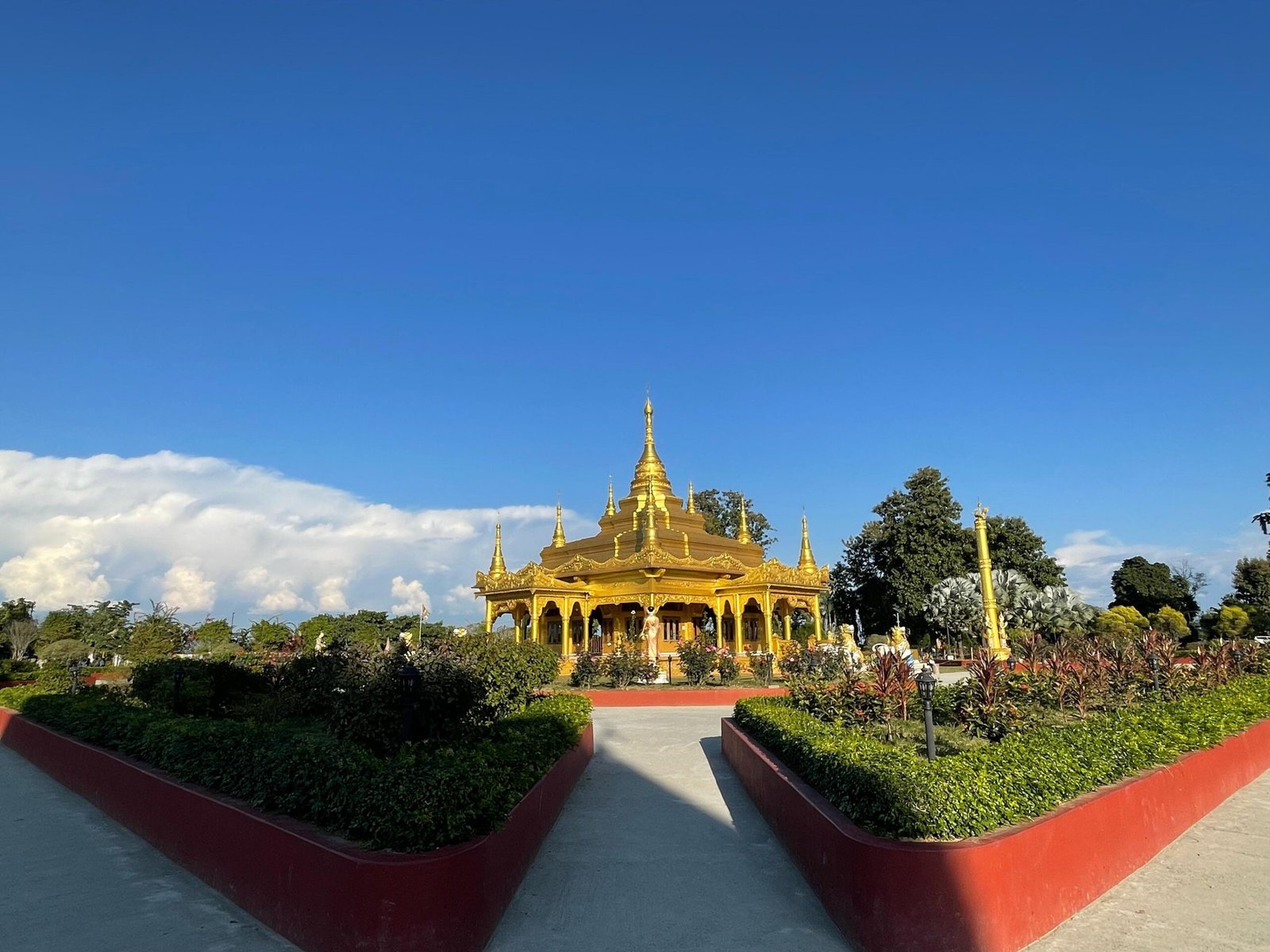
An International Spiritual Destination
The Golden Pagoda has also become a major attraction for tourists from Southeast Asian countries such as Thailand, Myanmar, Bhutan, Laos, and Cambodia, due to shared cultural and religious ties rooted in Theravada and Tibetan Buddhism.
Many visitors describe experiencing a strong spiritual connection during their visit. The calm atmosphere, the chanting of monks, and the sight of devotees lighting candles and offering prayers contribute to a deeply meditative experience. For many, the visit is not just about sightseeing but also about participating in a spiritual journey — a time for reflection, making offerings, and seeking blessings, making the visit profoundly meaningful and fulfilling.


